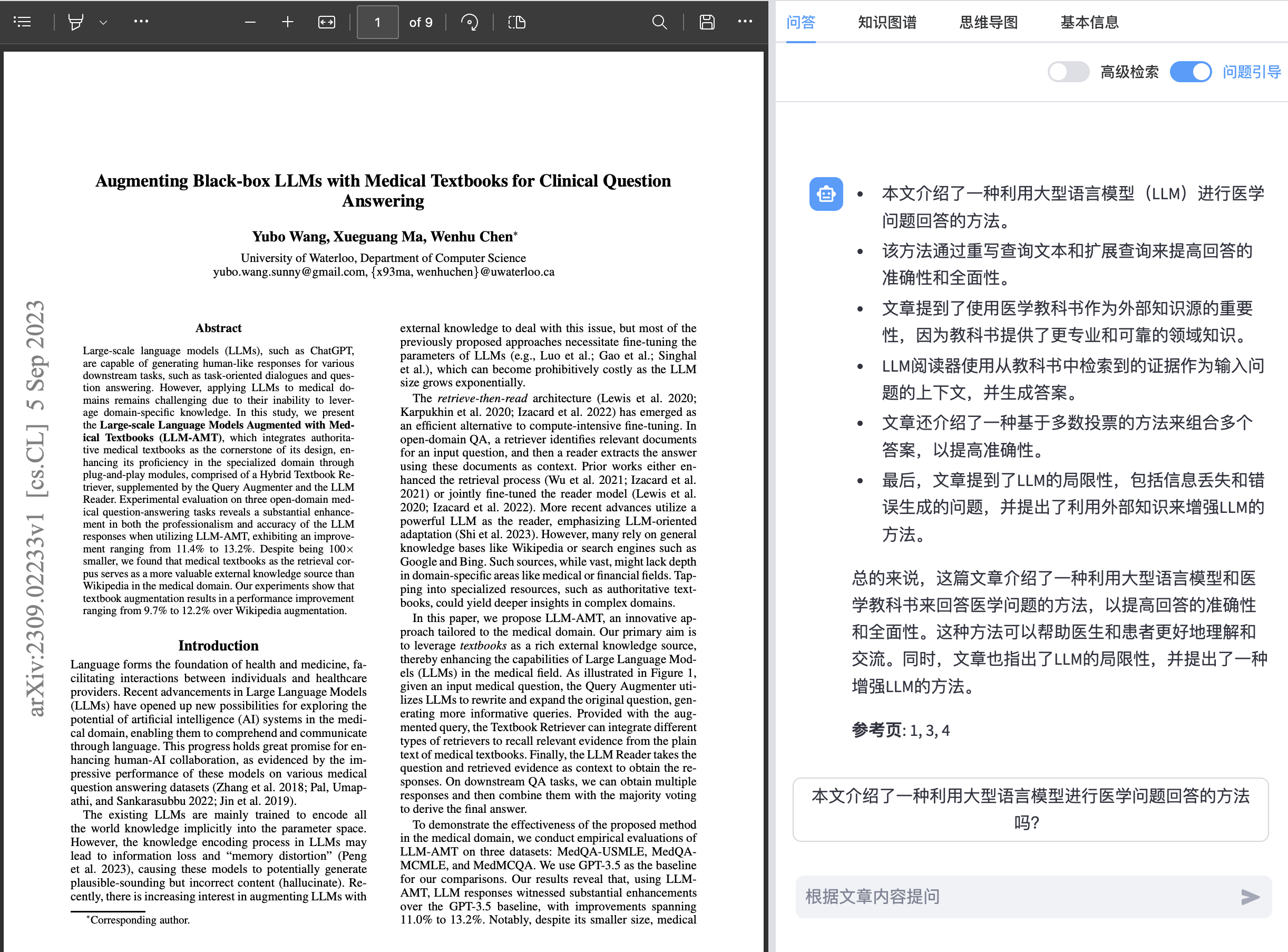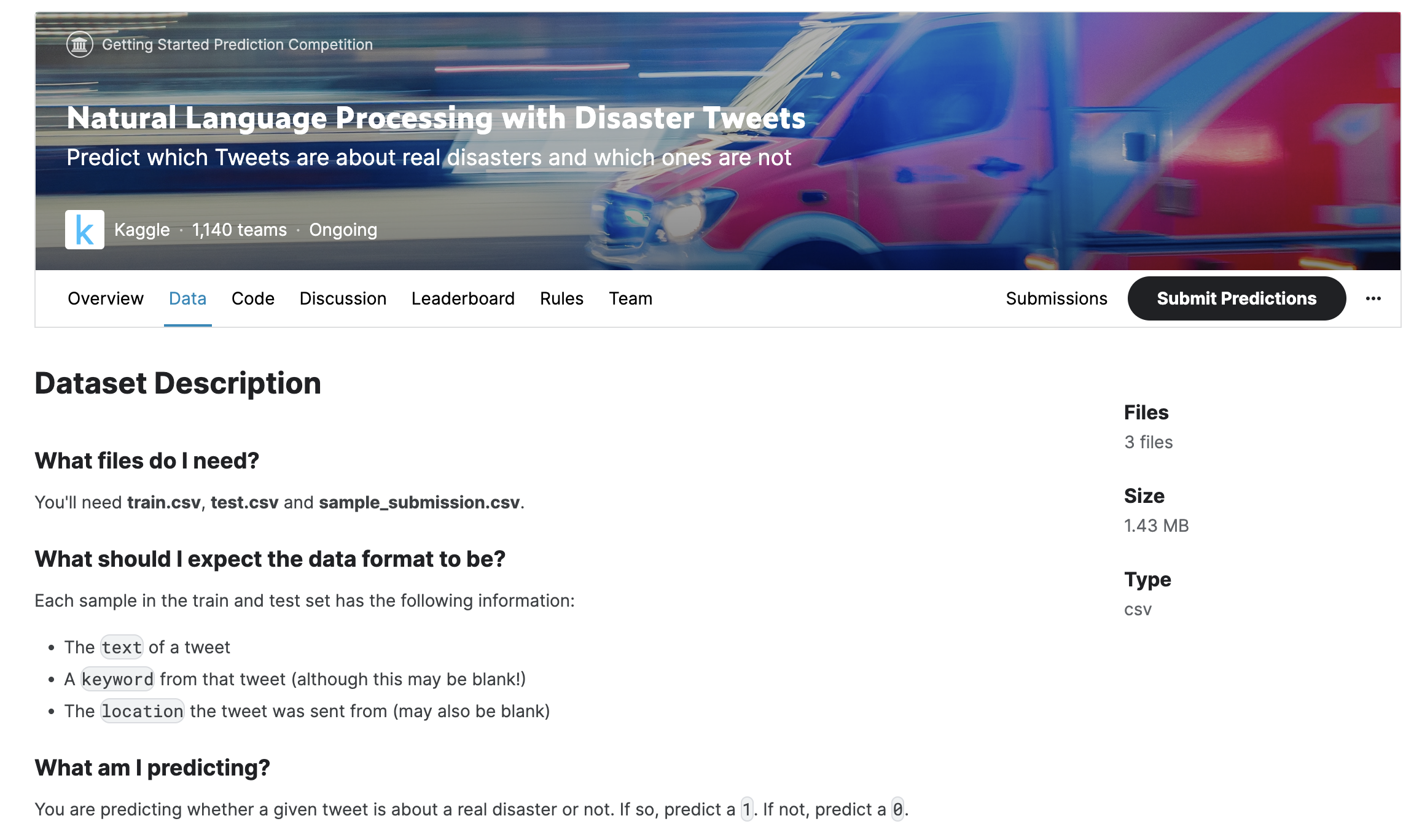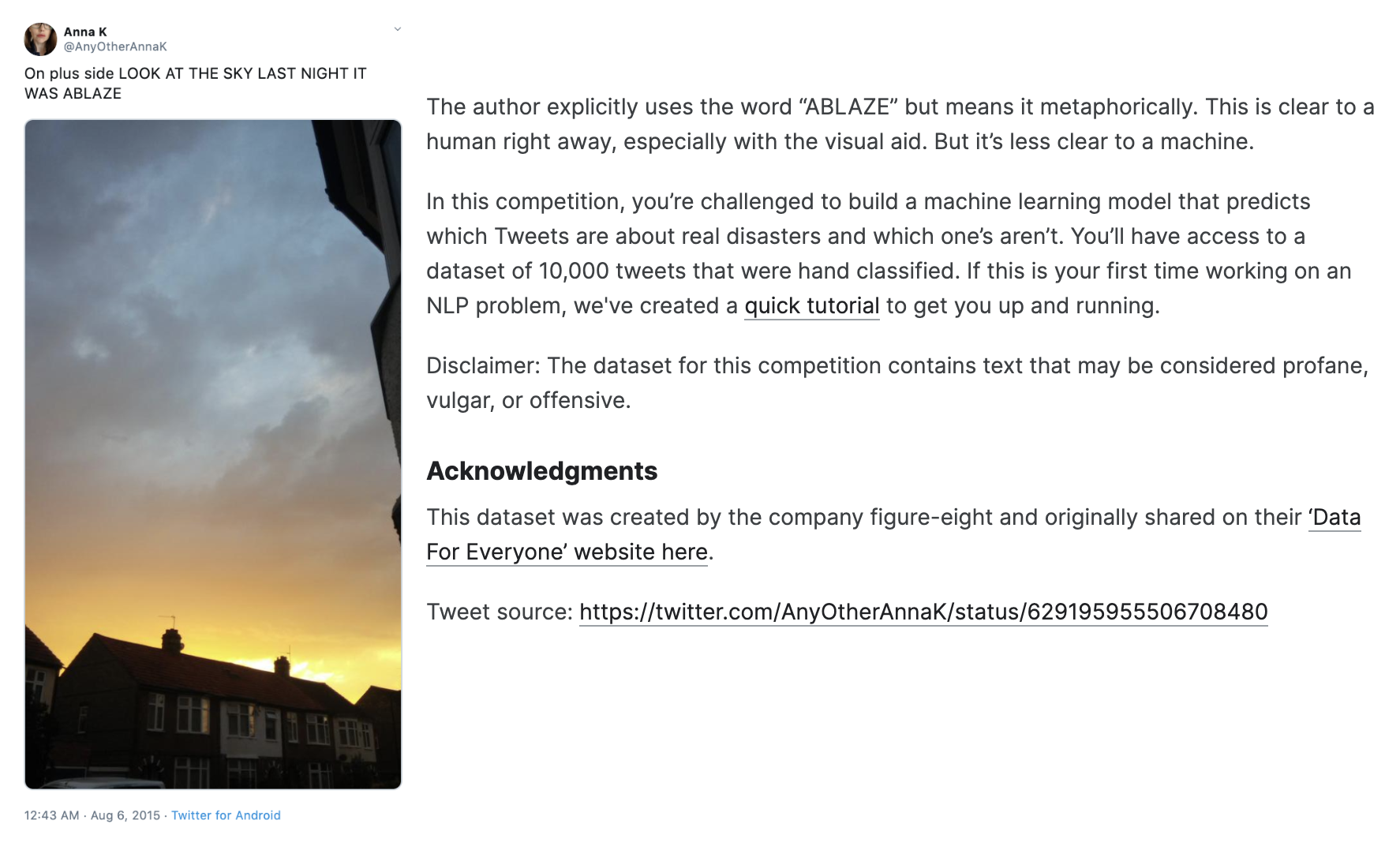Introduction
"Architecture is about the important stuff... whatever it is." -- Ralph Johnson
Architect is a position with powerfulness and respect. When you hear that someone is an architect of a company, will you feel a sense of awe? Architects are usually believed to be relevant to system design, technical strength, leadership and influence. It is precisely for this reason that many of the positions of architects in the enterprise are held by experienced and skilled senior software engineers. However, the definition of an architect in the software industry is not quite clear: cloud service providers such as Amazon and Alibaba Cloud have their own teams of architects, but most of them provide after-sales service to customers under the name "architect"; Some architects are nothing more than using his rich experience and excellent strength to solve technical problems, which is equivalent to what a senior software engineer can do. These are very different from the omniscient architect who designs the architecture diagram.
The concepts related to architects in this article mainly come from a book Fundamentals of Software Architecture (authored by Mark Richards, Neal Ford) that I have been reading recently. This article will briefly introduce about what a pragmatic architect should do and required skills.

Chief Engineer
First of all, an architect should be a chief engineer of the entire software project, who is responsible for the overall design, implementation and quality of the software project. Therefore, for software architects, they need to have excellent programming skills, good understanding of the software project development process, and a certain breadth and depth in various technical areas. Not only that, because the architect is the chief person in charge of the technology side, he (or she) usually needs to think it through, from a perspective of the system as a whole, about how the various modules interact, whether the division of functional services is reasonable, where the bottleneck of the whole system will be, and so on. These are all in the technical area.









